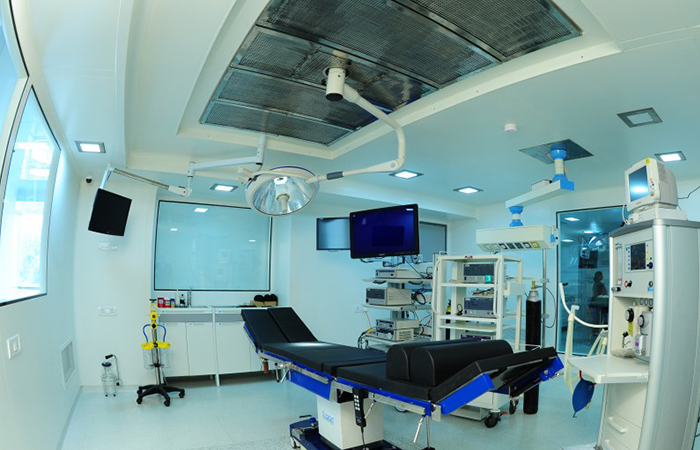
Removing Barriers for Medical Equipment in the Developing World
The fastest growing for medical devices is not the US but is found in the lesser or least developed nations of the world. However as per WHO estimates 70% of medical devices used in the developed world do not work when they reach the developing world. Why most medical devices transplanted from the developed world to the developing world fail? How come an established technology flounder with change of place? The most common barriers are:
- Lack of spare parts and the lack of required consumables
- Reliable power and water, public infrastructure and technical expertise
- Stripped down designs which are perceived as of lesser quality and are rejected despite lower cost.
At Credence we identify interventions and solutions that can be easily developed and implemented to target the above barriers to the working parts of the health system not limited to but including:
Evaluation of the efficacy and impact of guidance for suppliers and recipients at a macro level.
We critically evaluate the feedback from recipients on what devices are needed prior to supply, what supplies are usable or nonfunctioning after they are received, and what supplies are not wanted altogether. Recipients may not have the opportunity to provide feedback, or they may be hesitant to be forthright out of concern of losing supplies altogether. To offer effective feedback, we first make recipients feel empowered to make decisions based on their interests, which may include declining supplies. We try to give voice to recipients and help them take action to benefit the populations they serve as an important part of the process of evaluation. Empowerment and feedback are complicated issues to address, but we work with stakeholders through these issues to fully discern the issues involved.
Routine collection of data on the effects of supplies on recipients at all levels of healthcare delivery.
An equipment may be beneficial in treating a population but may be too costly for hospital administration to maintain, decreasing the likelihood that it’s working will be sustained. Data is collected to evaluate the costs incurred in making supplies, receiving supplies, and disposing of supplies. This data builds research around the economic impact of failed supplies, which stakeholders can then use to justify improvements to their procurement processes. Data may be conveyed to suppliers to highlight the need for increased assessment of their supplies, to better ensure that the equipment is high quality, appropriate, and valuable to the recipient’s setting. This evidence can serve to build interest at the local, regional, or country level in integrating medical equipment needs into the planning of the health system. Identifying which equipment is most valuable to the specific health needs of a setting and building the health system with that knowledge may increase the number of lives saved or improved.
Country-specific information on medical device supplies.
Understanding a country’s existing policies on supplies can illuminate some of the incentives for making supplies that are specific to the country, as well as the barriers that prevent effective and sustainable supplies. Making country-specific information clear and available to stakeholders can result in better coordination between suppliers and recipients to remove barriers. It results in better coordination to develop country-specific solutions to those barriers, so the quality of supplies is not compromised. Having information up front on a country’s policies and process for supplies, including the types of supplies that are allowed, reduces waste in country and reduces inefficiencies for the suppliers. This information can also push countries to address major barriers, such as difficulties with infrastructure and supply chains, inadequate health system policies on the ground, and weak procurement and regulatory systems.
Information on the global supply and demand of medical device supplies.
While country-specific information is needed, global visibility on where supplies are needed, going to, and coming from is also imperative. This information informs stakeholders on the supply making side about where to focus their efforts. Mapping the supply and demand of supplies can shed light on the types of supplies that are most prevalent and those that are scarce. This kind of visibility can be useful in managing and optimizing the flow of supplies so that dissemination of supplies is more equitable and donors can respond to equipment needs more quickly and appropriately. Greater access to this kind of information could increase coordination among multiple donors and ecipients, and invite participation from new donors to fill gaps in supply. Increased transparency could also allow donors to pool resources for securing equipment that is most in demand, and for supporting the creation of a supply depot that can provide replacement parts and group trainings to fix commonly encountered issues with the most used medical devices. In the end, global visibility is needed for a whole systems approach to supplies. A whole systems approach recognizes that different stakeholders manage different components of the supply system, but each component affects and influences the others. A whole systems approach requires integration and coordination among the strategies of all stakeholders and this cannot be achieved without increased global visibility.
